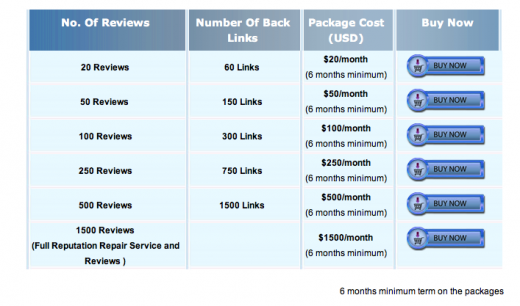This posting describes some issues when browsing websites with mobile variants using large-form-factor Android devices. This posting will be of interest both to OEMs (with recommendations on how to set the User Agent string for the device) and to web site designers/administrators (with recommendations on how to decide to provide either a mobile version, a desktop version, or a large-form-factor touch device version of the site).
Details
With the advent of Android devices with larger form factors, we’ve been evaluating the best way for web sites to provide a UI appropriate for the various Android devices that are now available to consumers. We have received feedback that consumers using larger-form-factor devices often prefer the “full” or “desktop” version of the site over the “mobile” version. Most websites providing “mobile” versions key off of the HTTP User-Agent header field to determine whether to provide the full site or a mobile version.
While large-form-factor Android devices could use “User Agent Spoofing” to provide a desktop User Agent in the HTTP header, we recommend against this. There may be site customizations needed for Android devices (for example changes in the way that mouseover is used) and the site would be unable to provide these customizations if it receives a spoofed User Agent that did not indicate that this was an Android device.
Currently, Android devices provide the following (in addition to standard info) in the User-Agent: “Android”, a version number, a device name, a specific build, Webkit version info, and “Mobile”. For example, Froyo on a Nexus One has the following User Agent:
Mozilla/5.0 (Linux; U; Android 2.2.1; en-us; Nexus One Build/FRG83) AppleWebKit/533.1 (KHTML, like Gecko) Version/4.0 Mobile Safari/533.1
The “Mobile” string in the User Agent indicates that this device would prefer a version of the website optimized for Mobile (small form factor devices), if available.
We recommend that manufactures of large-form-factor devices (where the user may prefer the standard web site over a mobile optimized version) remove “Mobile” from the User Agent (and keep the rest of the User Agent as currently implemented). Web sites can then key off “Mobile” in the User Agent to decide on which UI version to present to the device. So a large screen device running Froyo would have a User Agent similar to:
Mozilla/5.0 (Linux; U; Android 2.2.1; en-us; device Build/FRG83) AppleWebKit/533.1 (KHTML, like Gecko) Version/4.0 Safari/533.1
Where “device” would be replaced with the actual name of the new device. Sites can continue to use “Android” in the User Agent to optimize for Android specific features and can also key off of “Mobile” to determine which UI to present.

